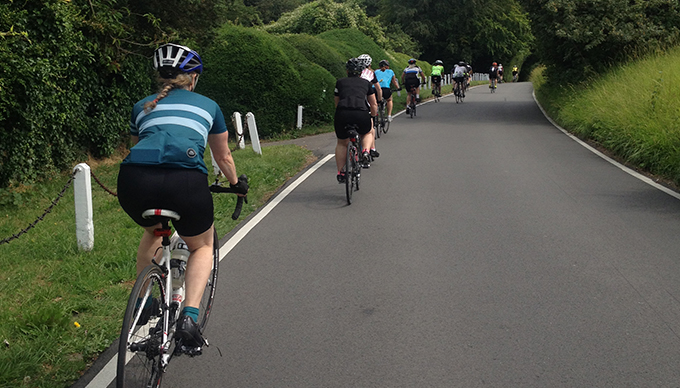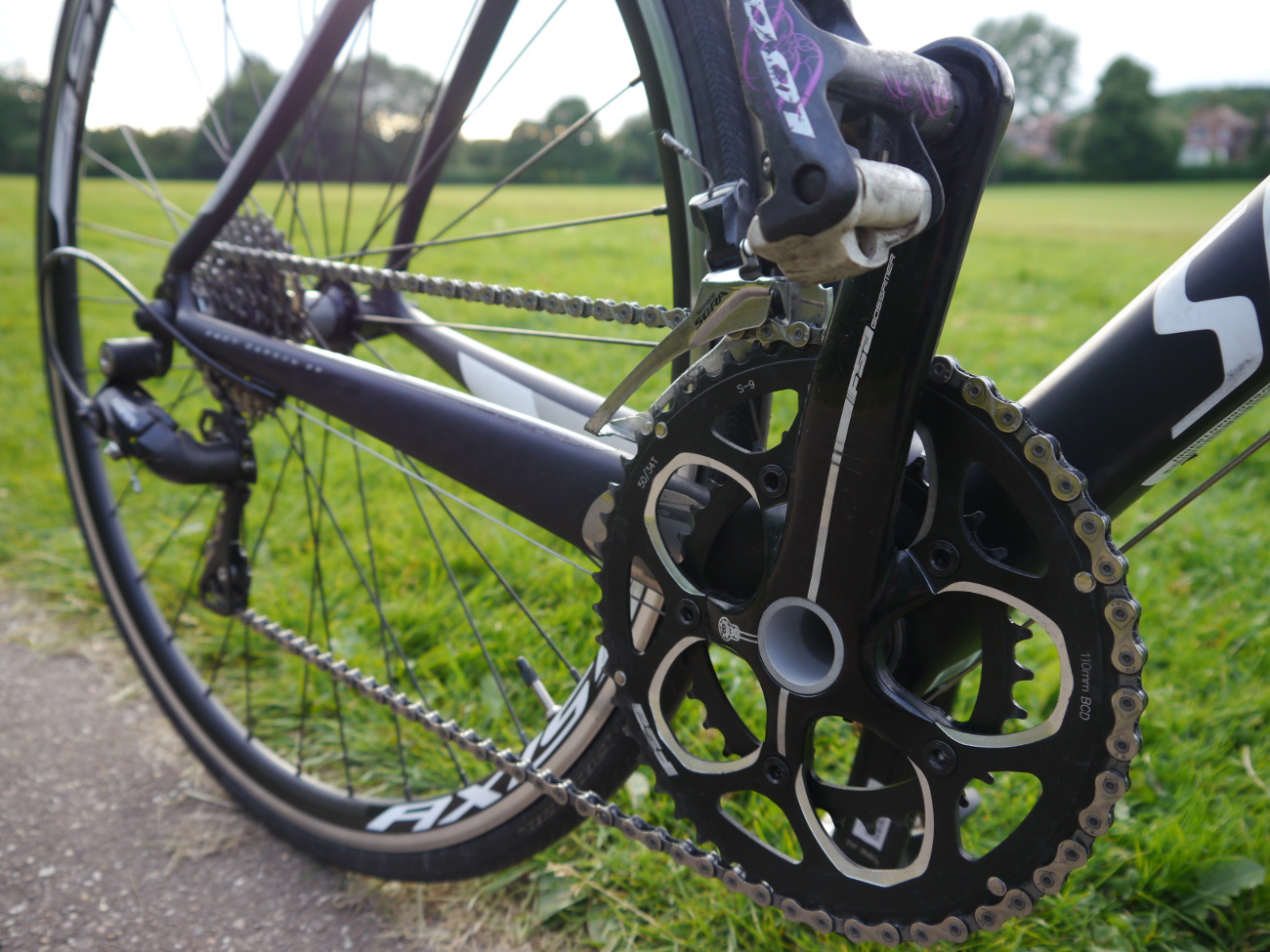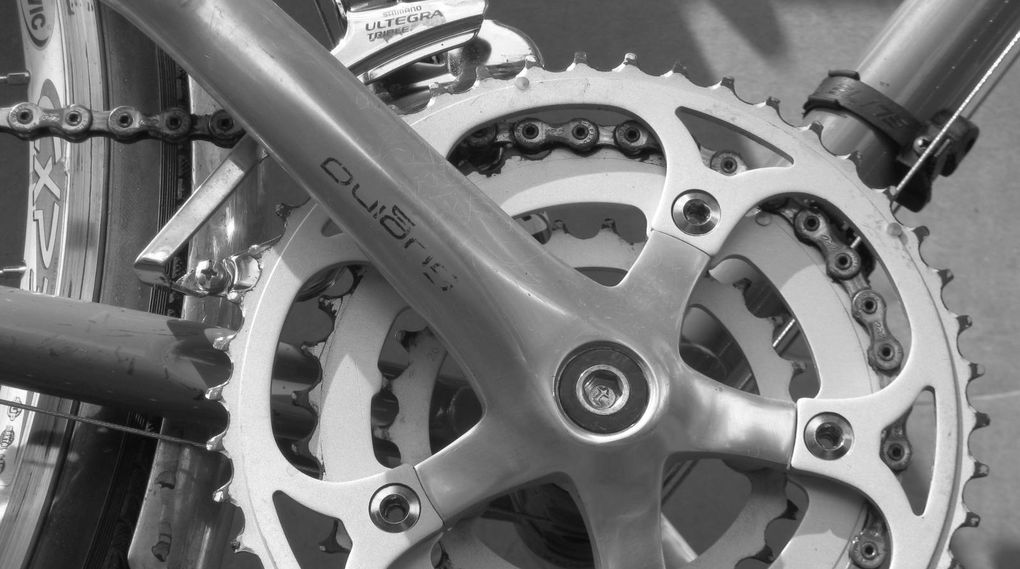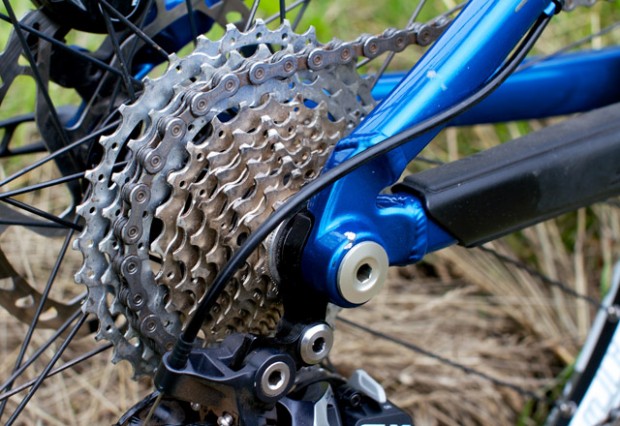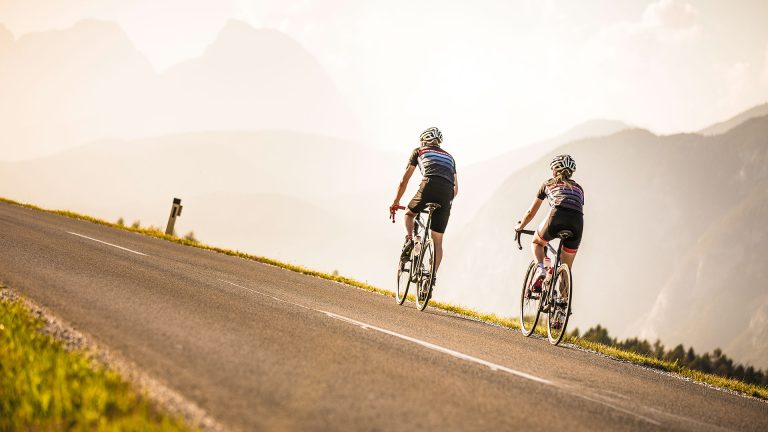Cassettes

It’s much more common for people to change a cassette than it is to change a chainset. For starters, it’s much cheaper and you can make a big difference by altering the sizes of your cogs.
When we talk about teeth on the cassette, the higher the number (and bigger the cog) the easier it is to spin up a hill.
What speed?
Cassettes can be 9, 10, 11 or 12 speed. The number has grown over time, and will no doubt continue to do so – it refers to the number of sprockets available. More sprockets mean that either a wider spread of gears can be offered, allowing for a very low resistance option, or they can be very close in size making jumps less noticeable.
Narrow vs Wide Range
Cassettes can be a narrow range or wide range. A narrow range cassette will have very small differences between each gear – that means that it’s easy to slip between the gears and find the perfect level of resistance. An 11-23 cassette would be considered a narrow range and would be great for a racer who is confident on the climbs, or who plans to compete over a fairly flat course and doesn’t want to feel a huge ‘clunk’ and change in speed when they shift down to a lower resistance.
A wide range cassette, such as an 11-32, provides a much lower gear so if you were going from riding around the flat lands of Cambridge, for a ride in the Alps, you might want to consider getting yourself a new cassette to help you out come the mountains.
What’s right for you?
A lot of bikes come with an 11-28 cassette, and this will do the job for most people in most parts of the UK. However, if you want smoother gear changes, and are confident in the strength in your legs, dropping to an 11-25 could be an option. If you feel you need extra low resistance gears for the hills, try an 11-32.
We hope that helps to clear up some of the confusion. Having the right gears is one thing – using them correctly is another. Check out these articles for more info:
How to Use Your Gears Efficiently
How to Shift Road Bike Gears: Shimano, SRAM and Campagnolo Explained
How to Use Your Gears When Cycling Uphill
How to Change Bike Gear When Going Uphill
